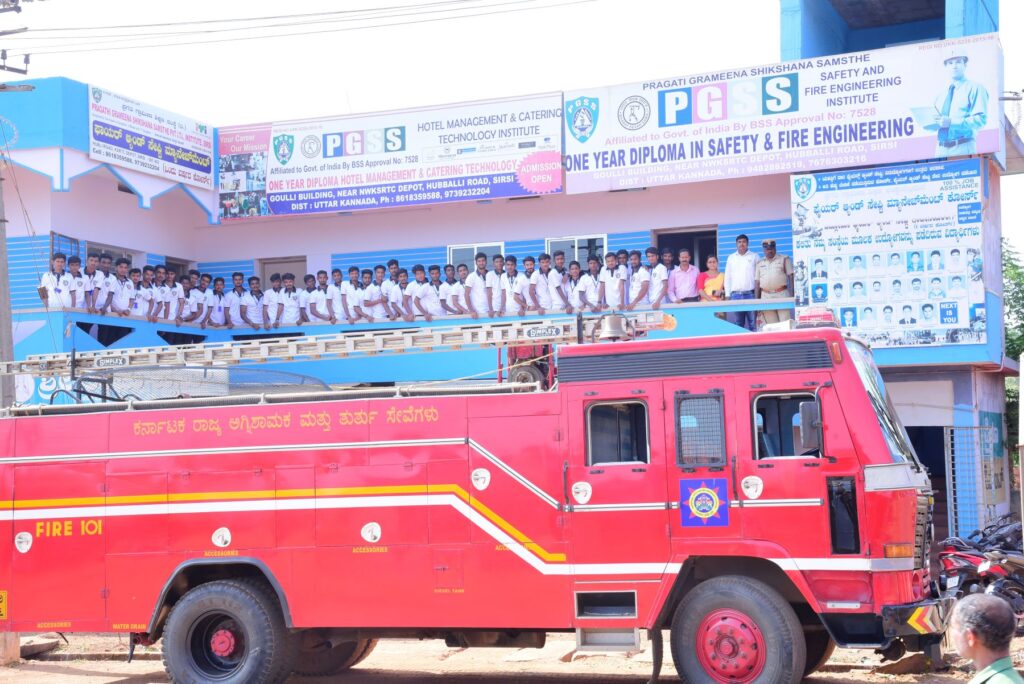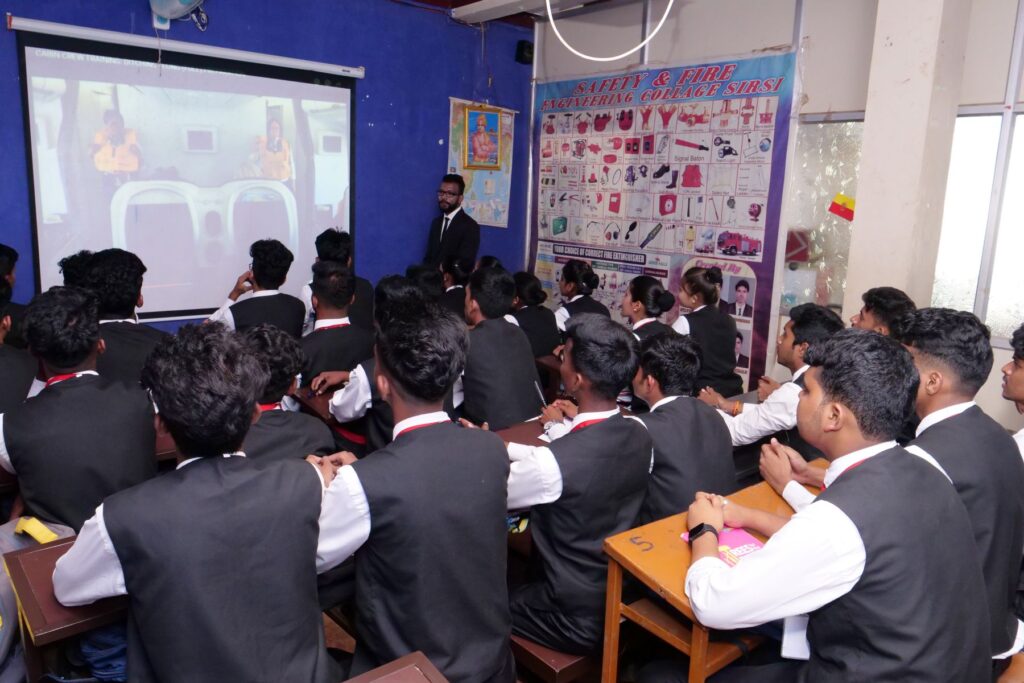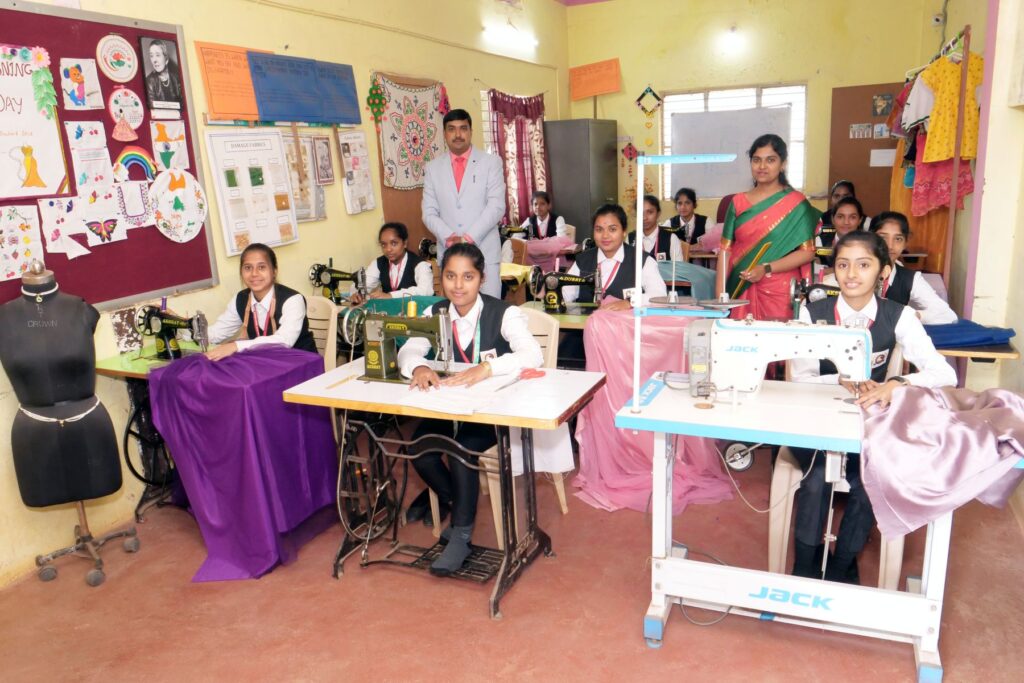
Experience the Best Fashion Education
Key aspects of a Diploma in Fashion Technology:
Practical training:
The program emphasizes hands-on experience, allowing students to develop their skills through practical exercises and projects.
Technical expertise:
Students gain in-depth knowledge of garment construction, pattern making, and textile properties.
Creative expression:
The program encourages students to develop their unique design vision and cultivate their personal style.
Industry insights:
Students learn about the fashion industry’s dynamics, including marketing, branding, and retail strategies.
Career opportunities:
Students can pursue various roles in the fashion industry, such as fashion designer, pattern maker, textile designer, beautician, own boutique and fashion consultant.
Join P.G.S.S. Institute today and take the first step toward a rewarding career in Fashion technology!
Here’s a simple breakdown of what each level includes:
BASIC LEVEL STITCHING
1. Understanding Tools & Equipment
- Sewing machine types & parts
- Hand sewing needles, threads, scissors, measuring tape, seam ripper, etc.
2. Basic subjects
- History of fashion
- Hand embroidery
- Aari work
- Zardosi
- Tie and dye
- Sketching
- Beautician
- Garments
3. Basic Machine Stitches
- Straight stitch
- Zig-zag stitch
- Buttonhole stitch (basic)
- Edge finishing
4. Mandatory Subjects
- Spoken English
- Spoken Hindi
- Computer Course
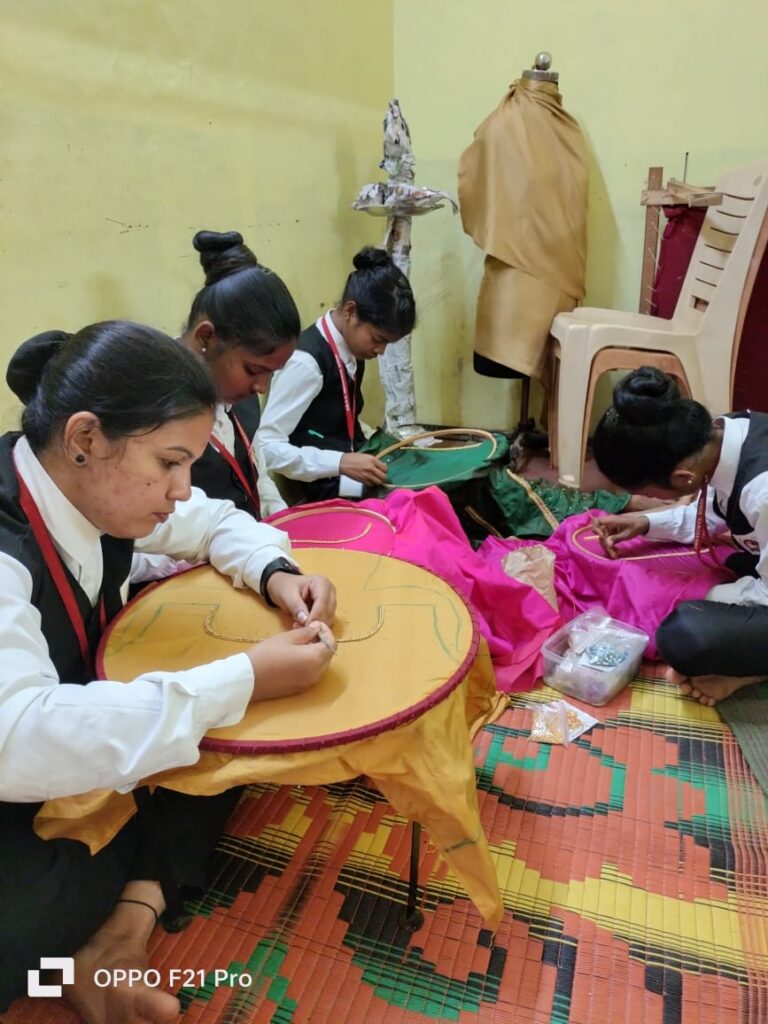
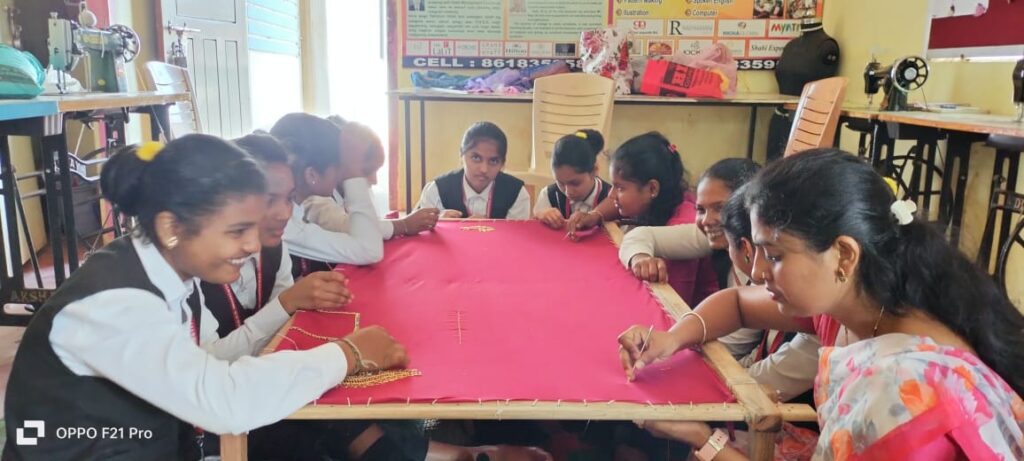
INTERMEDIATE LEVEL STITCHING
1. Pattern Reading & Drafting
- Understanding commercial patterns
- Taking body measurements
- Drafting basic bodice, sleeve, skirt
2. Garment Construction
- Darts, pleats, gathers
- Necklines & facings
- Zippers, hooks, buttons
- Simple sleeve attachment
- Waistbands
3. Fitting Adjustments
- Altering patterns for body shape
- Basic fitting trials (muslin/mock-up garments)
ADVANCED LEVEL STITCHING
1. Complex Garment Design
- Full dresses, jackets, trousers, blouses
- Structured silhouettes and tailoring
2. Advanced Finishing Techniques
- Lining and underlining
- Piping, bias binding
- French seams, flat-felled seams
- Invisible zippers, concealed plackets
3. Decorative & Surface Techniques
- Embellishment: sequins, beads, applique
- Embroidery (manual or machine)
- Fabric manipulation (pleating, ruching, smocking)
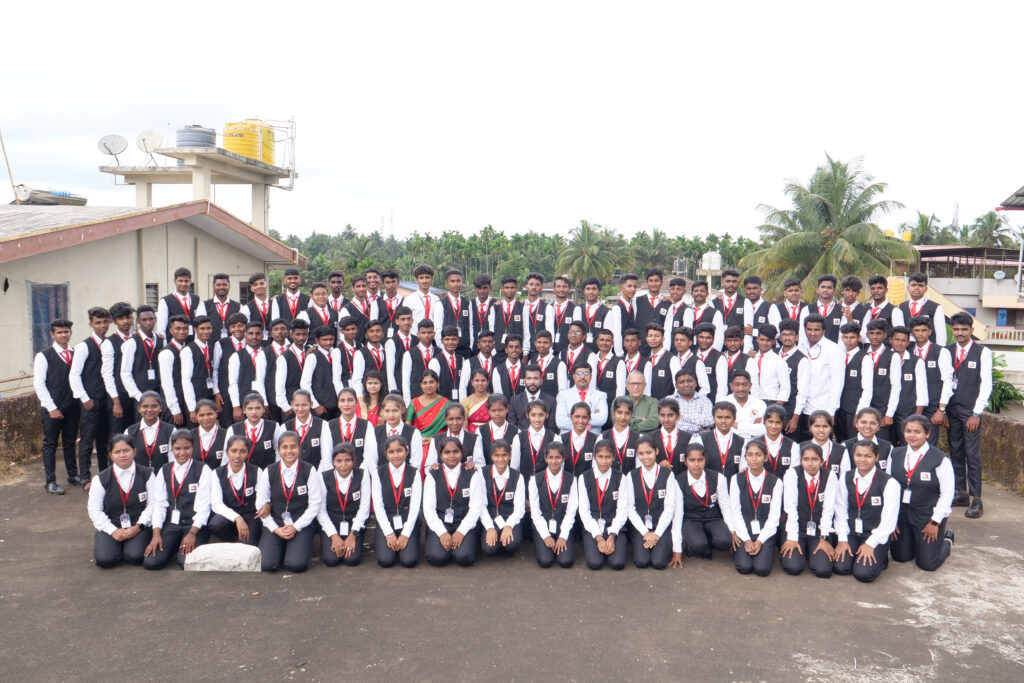
Transform Your Future Today
Success Stories from Our Graduates
